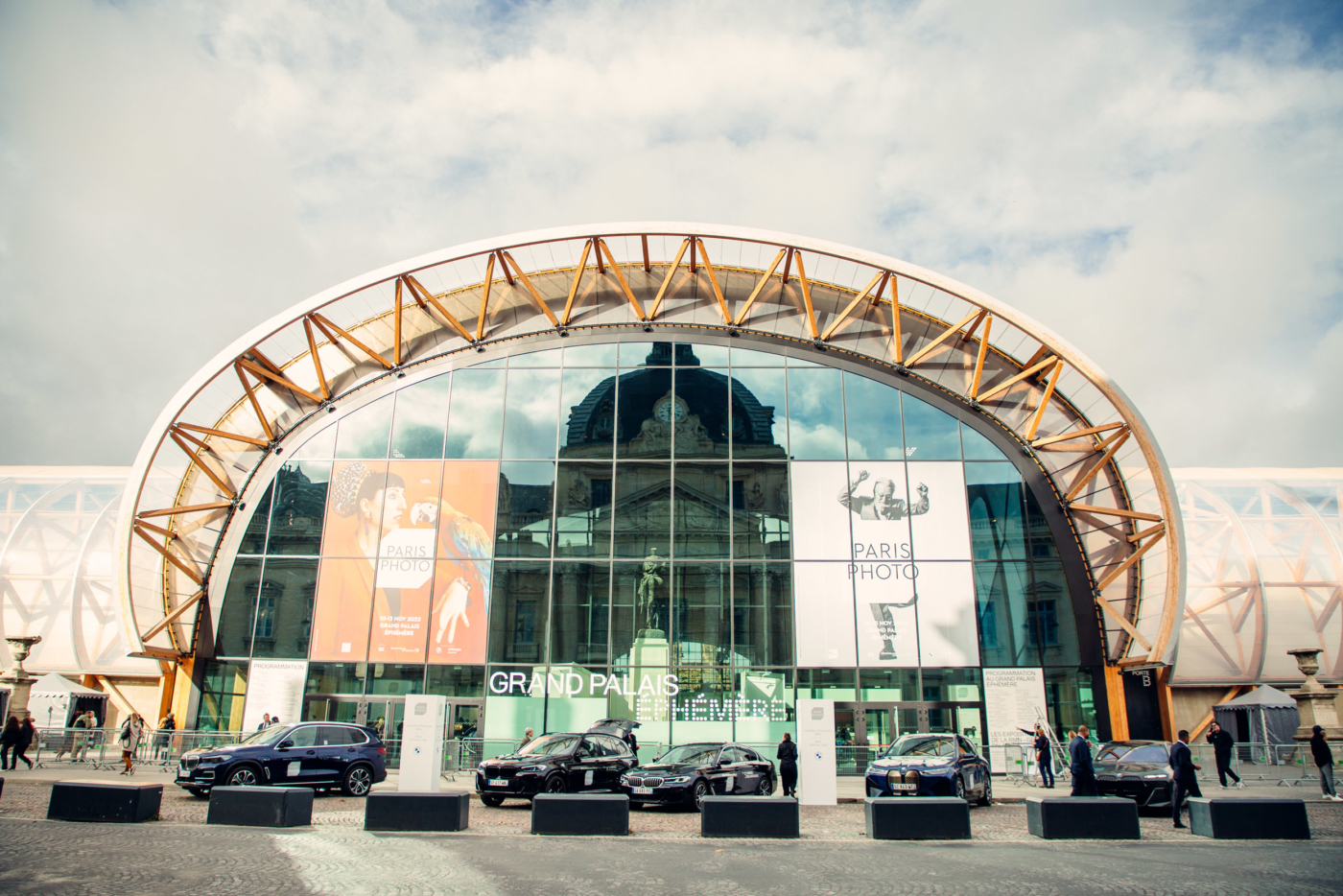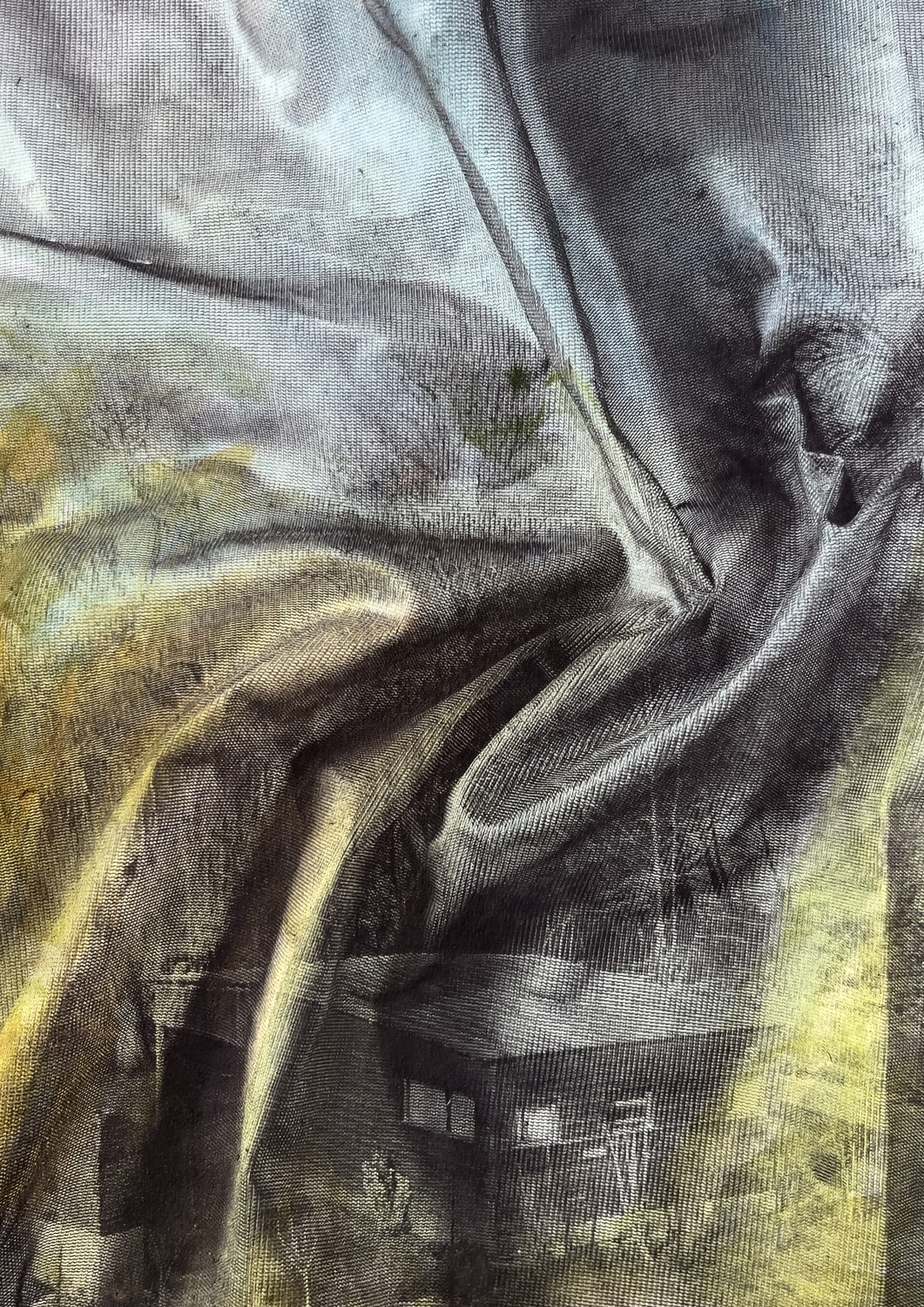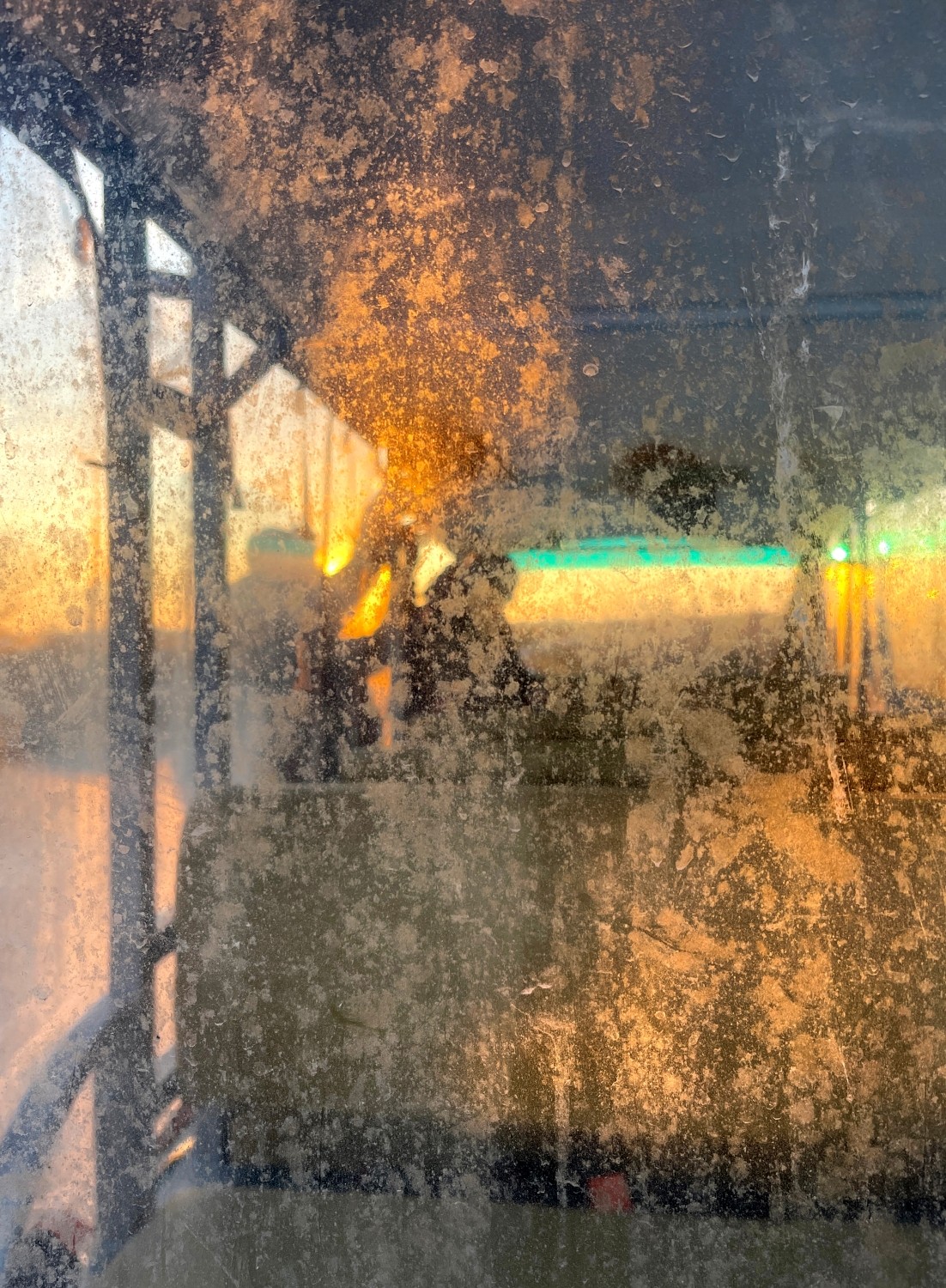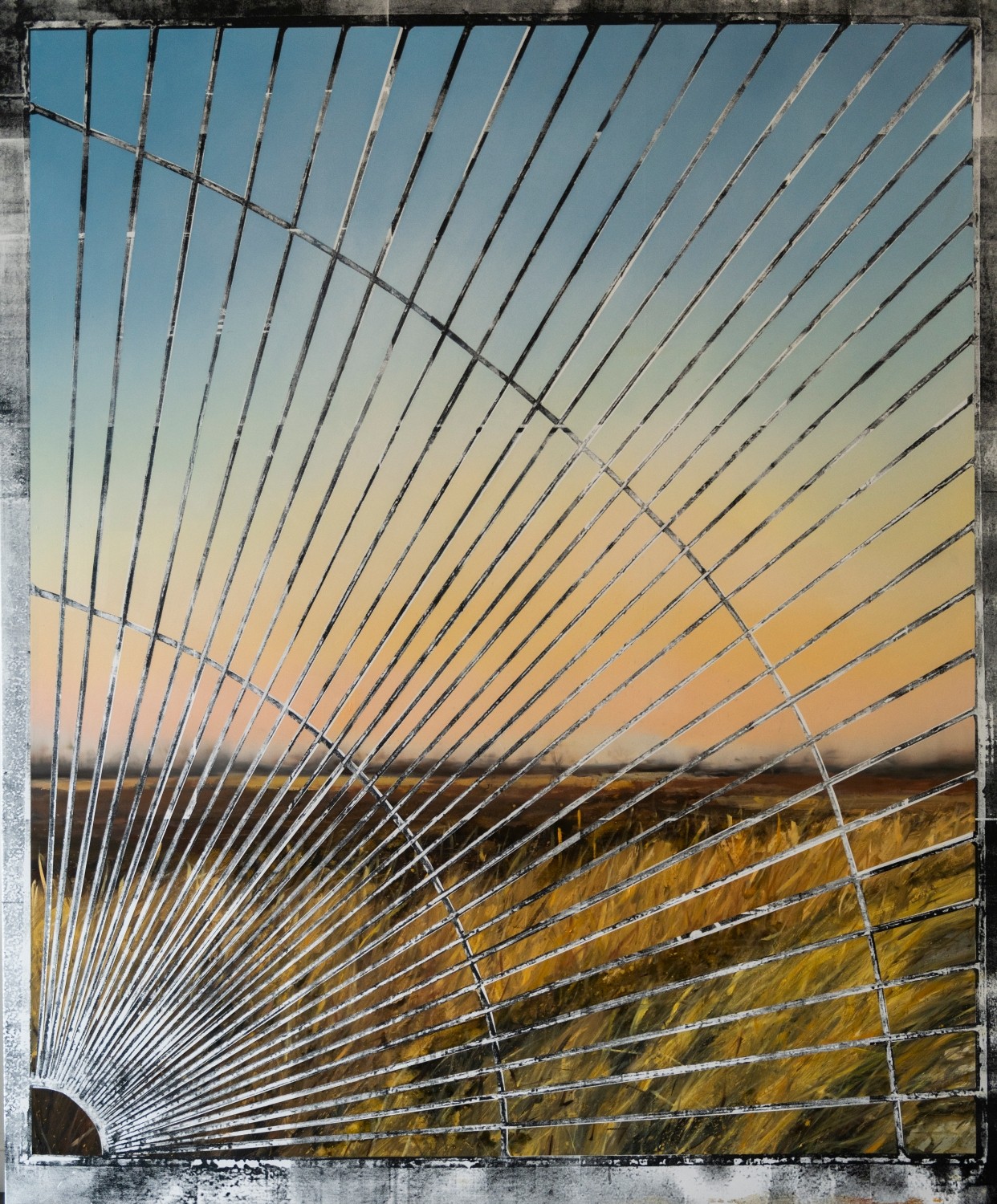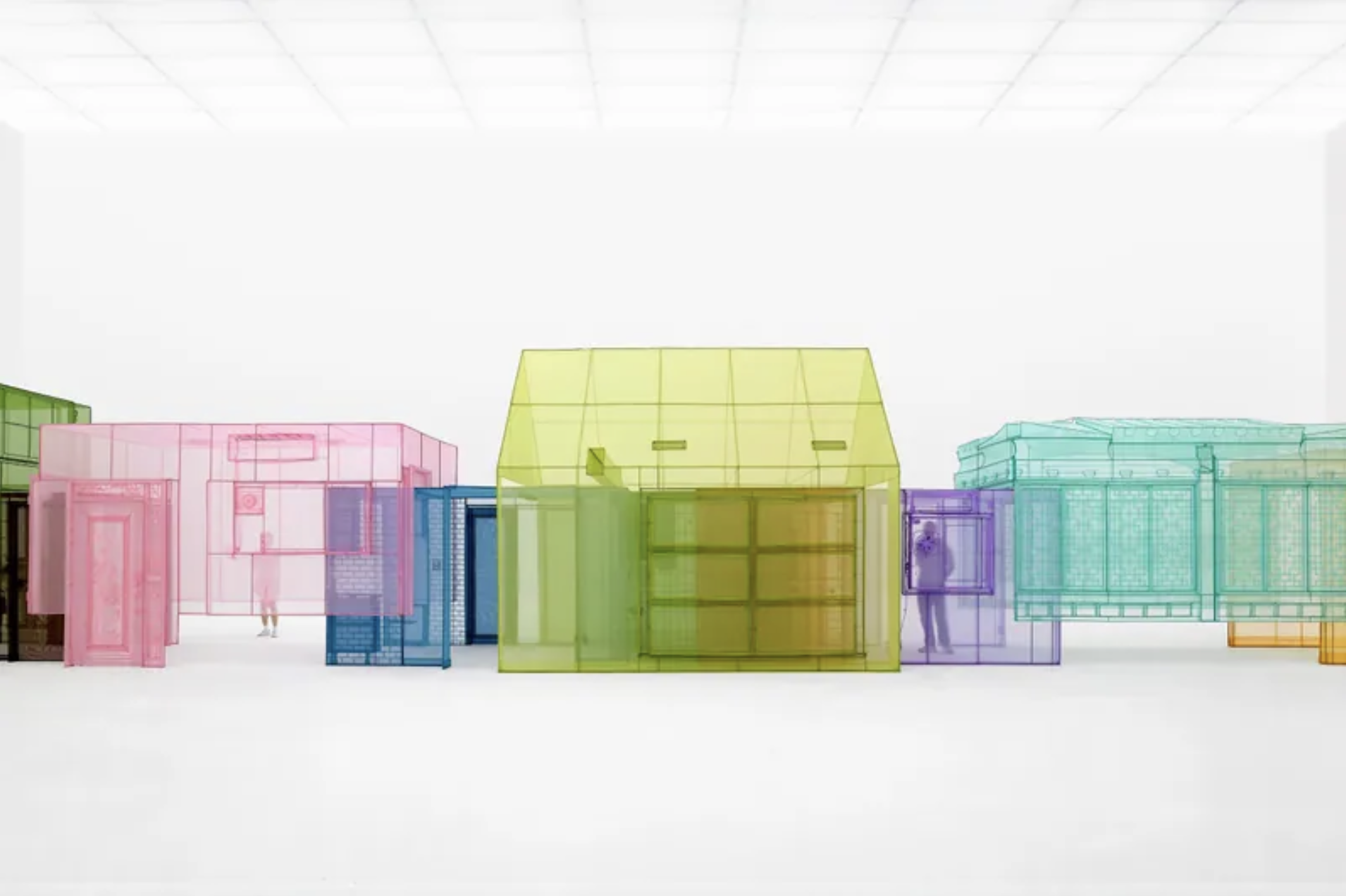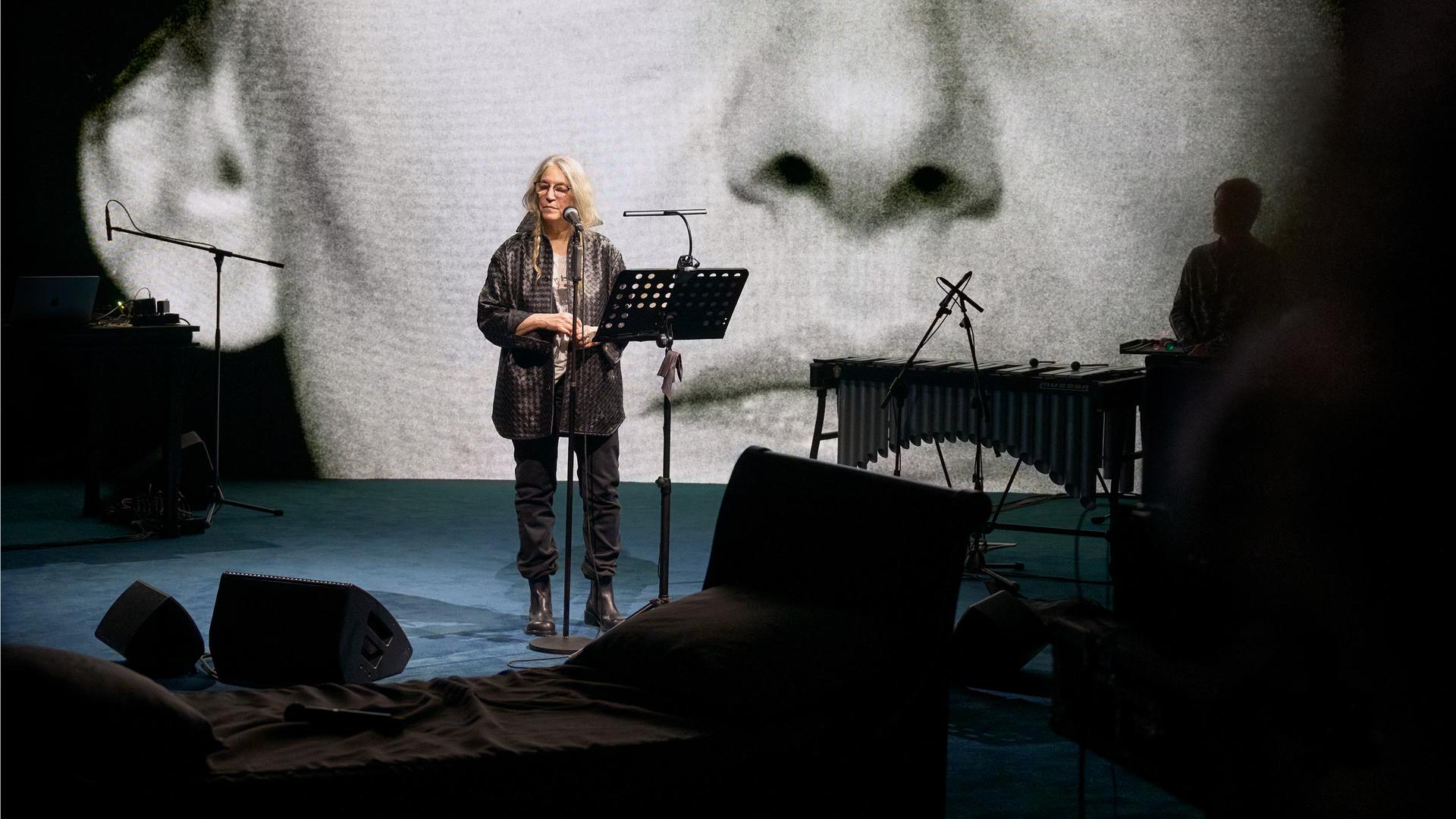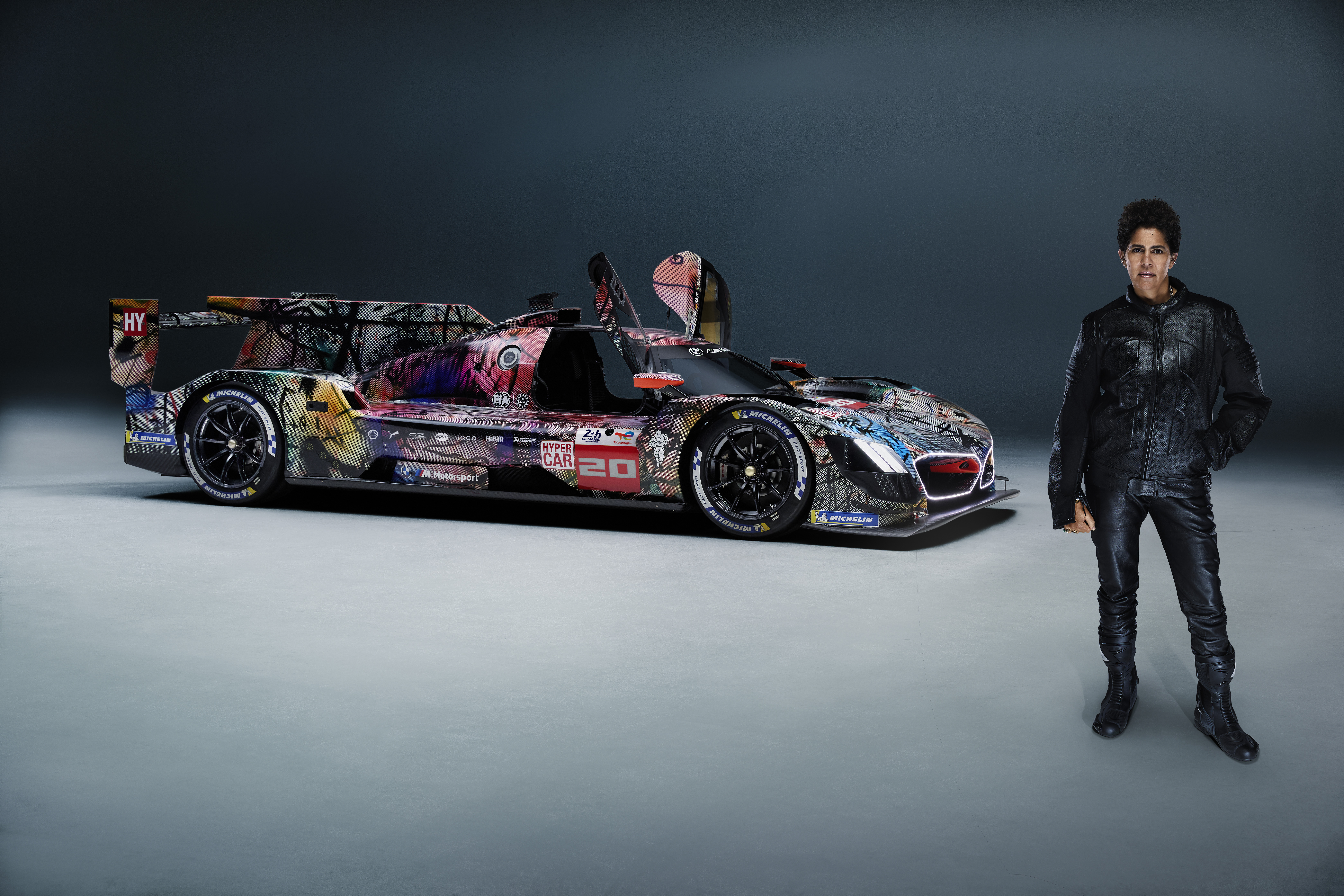For half a century, BMW Group has been a major patron of culture, supporting hundreds of projects around the world. The Group contributes to the diffusion of knowledge and the arts through long-term partnerships such as the one forged two decades ago with Paris Photo. BMW France supports the VIP programme and provides Paris Photo with a fleet of electric cars to transport collectors, artists, curators and fair VIPs.
INSOLARE, the exhibition presented by the BMW ART MAKERS winning duo.
The INSOLARE project is a new experiment, the fruit of collaboration between Eva Nielsen, artist, and Marianne Derrien, curator, and was conceived especially for the Rencontres d’Arles and Paris Photo, of which BMW is an official partner. Their approach, which is both poetic and scientific, questions time and the sedimentation of the urban and Camargue landscape. With this project, the duo evoke the changes in the environment that are leading to the disappearance of certain urban, industrial and natural landscapes, where the human footprint is always in question.
Eva Nielsen has taken up the subject of geographical and geological change, a subject that few women have echoed. The winning artist made several trips to the Camargue, where she took hundreds of photographs. These images were printed on curtains and transparent paper and then photographed again, superimposed on new samples taken in the Camargue. Thanks to this process and the use of different materials and media – photography, silkscreen, painting, veils and fabrics – the images are superimposed and hybridised, resulting in a form of transfiguration. Like a topographer, the Franco-Danish artist defines her work as a ‘state of awareness’ of the reality of a territory, its architecture and its environment. With INSOLARE, the works change, like the urban and industrial landscape of the Camargue.
Marianne Derrien, the winning curator, explains that in INSOLARE, Eva Nielsen explores climatic and geological phenomena that reappear as spectres of both rural and industrial reality. She crosses her roadtrip trajectories with those of the territories at the gateway to Arles, where the Camargue begins. In a visual confusion, the artist creates a play of resonances between photography, silkscreen and painting. Contrary to any official cartography, the paths she takes trace a subjective geography. The sedimentation of these solar and liquid landscapes gives rise to a horizon of experience, a feminine gaze where body and water are linked. Eva Nielsen and Marianne Derrien have designed a scenography that minimises the impact of their project on the environment.

